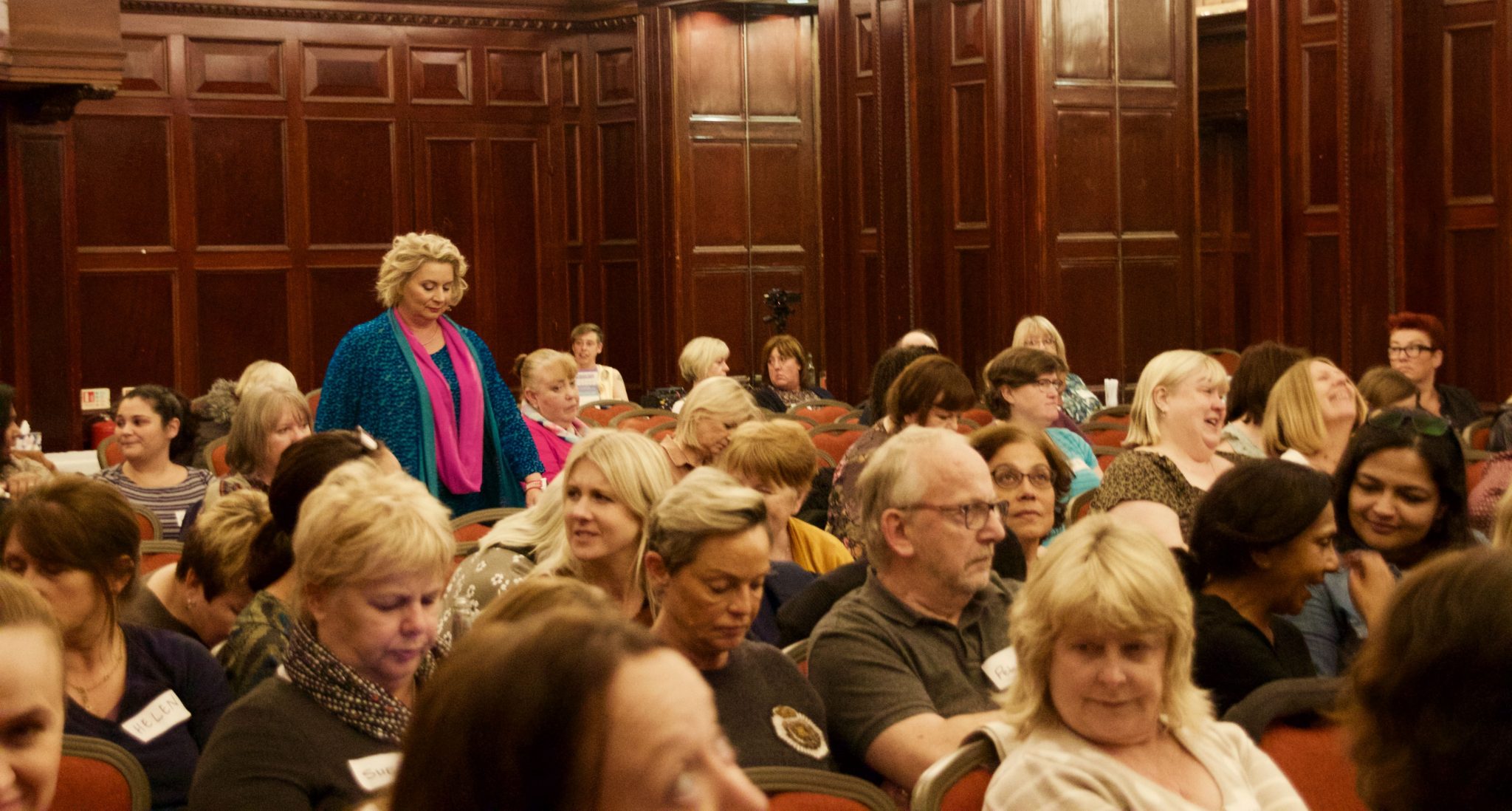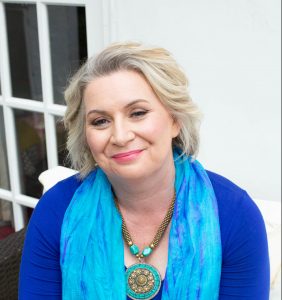I hope you, your family and loved ones are safe.
Understanding how trauma is installed and the emotional response to it helps us to cope and, better still, transform.
When we think about a memory from the past when something we didn’t enjoy happened to us, in a fraction of a second there is action in the mind and body.
Memories and emotions from the past are often described as haunting us. If we ask ourselves why this happens, it’s common to get answers that root in our childhood experiences, that may not now seem related or relevant.
To explore why we get this answer to the question, let’s think about a game many of us played when we were kids. Someone hides something in a room and you have to find it – they call out ‘warmer’ or ‘colder’ as you move closer or further away. Well this – as a concept – is just how our emotions work. But instead of commonly calling them ‘warmer’ or ‘colder’ we label them as ‘positive’ and ‘negative’.
That’s simple enough, but the complex piece is in AFTER the event, when we are STILL feeling the emotion. And in many cases, it’s a long time after the event.
There are 4 steps in our emotional response cycle, and mostly we travel this cycle easily without even being aware of it. So what’s the problem and how does this relate to trauma? It really only becomes problematic when the emotional response cycle gets interrupted – which is when the emotion continues to be felt long after the event. When we keep feeling the emotion, when it’s not appropriate, it’s not helpful, it’s causing a block or a barrier and we can’t stop it. It’s just not what we want right now.
Here are the 4 steps :-
- Stimulus
This is the event that requires us to change our behaviour in order to move towards our goals and avoid setback.
- Thought
Conscious and unconscious thinking process take place. The mind attempts to establish what is happening, to work out what is going on in order to create an appropriate response. It’s attempting to make sense and meaning of the situation.
- Feeling
This phase is a physiological response. For example, fear causes our heart to beat faster, muscles to tense, hands to sweat. Facial expressions are a common physiological response.
- Action
This is the behaviour response. The action we take or stop taking in order to achieve our outcome.
When we are functioning optimally, the emotional response will move through these stages smoothly. There will be resolution or learning, or whatever outcome we were seeking. When we change our behaviour and achieve our desired outcomes, we feel good. This is stored as a memorised strategy in our unconscious mind, which we can call ‘learnings’ for now.
When things don’t go smoothly
This is when things don’t move smoothly, easily and unconsciously through the 4 steps and a number of things may be experienced such as, we can’t find any behaviour whatsoever, we are literally blank, or we can’t find a new behaviour, or we just can’t find the behaviour that we want and know to be appropriate and relevant.
Sometimes the stimulus may come in too strongly or too quickly and it’s just too much and we can’t deal with it or make any sense of it. It doesn’t need to be life threatening – such as simply being shouted as a child, or being teased. Something that’s happened to all of us. And you know that thing when you just can’t find the right thing to say, or the right thing to do. And when you think about it afterwards, you think of all the things you could have said or done. But in the moment, nothing came.
And there’s more. What happens when we do change our behaviour and we DON’T get the results we want. And the situation gets worse and everything escalates?
What happens when we can’t reconcile what we are experiencing? What happens when the events we are experiencing and the situation we find ourselves in is so completely overwhelming or incomprehensible? And this may not be an event we are experiencing ourselves, but witnessing it happening to another person, and we are viewing it through the news and social media.
This is what happens :
The emotional energy gets stuck in our nervous system.
A boundary is created in the neurology.
We can’t ‘process’ all the steps.
The emotional response cycle doesn’t complete.
As a result, the mind loops through the memory.
The mind will attempt to apply appropriate meaning and to extract the learnings from the situation.
Over and over and over again ….
Until the mind can complete the cycle, the event will repeat in the mind.
This is how flashbacks occur. This is how trauma is stored in the nervous system.
How we can leave the ‘past’ in the past :
As an engineer, I design and build things. I love models. Exploring, researching and understanding our emotional cycle led to the design, build and test of a process, involving skill and tools, to deal with the complexities of the interruption of the cycle and enabling the release of the trauma. Meaning that the past emotions stay in the past, and the learning are in the present – so that we can enjoy ‘warm’ and ‘positive’ emotions. So we can feel joy. We can experience the full set of emotions as intended, enabling us to feel good, take the actions we choose, keep our balance and get the outcomes we desire.
I developed a programme called Conscious Emotional Transformation (CET) to release pain, trauma, negative emotions and limiting beliefs to experience a happier and more successful life; to remove the barrier to love. Being able to do all of this and do it quickly was definitely part of my own personal goal. I could recognise that I was carrying fear and hurt from my past. I knew there were things I just didn’t feel confident to do. It’s so easy to get stuck in life, to be living payday to payday, to know that if we were more confident we could have better relationships, a job we love, make great decisions, let go of our bad habits and the baggage from the past that stops us being happy, or makes us feel like something is missing.
But we really don’t have to ‘learn to live’ with anything. I’ve healed my mental and emotional trauma, after being told I wouldn’t recovery from PTDS, agoraphobia, social anxiety and more. There was a time when having my own office was terrifying for me. Every time someone came into my office I couldn’t feel safe or concentrate until I had manoeuvred us into the doorway! It took a lot more energy to live like that, then it does to release the trauma, to reconnect with love and to feel truly empowered and liberated.
Please <click here> to join our CETfreedom mailing list and be the first to find out about our new training programmes, books, white papers and opportunities to meet up both online and offline. We are looking forward to a world set free from emotional suffering and enjoying infinite love. We share our wisdom honestly and generously with others, so they too can experience a life filled with love, joy, clarity and resilience.
With love and understanding
Dr Lisa Turner








